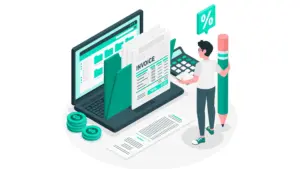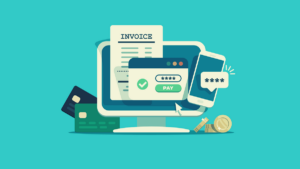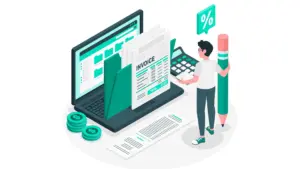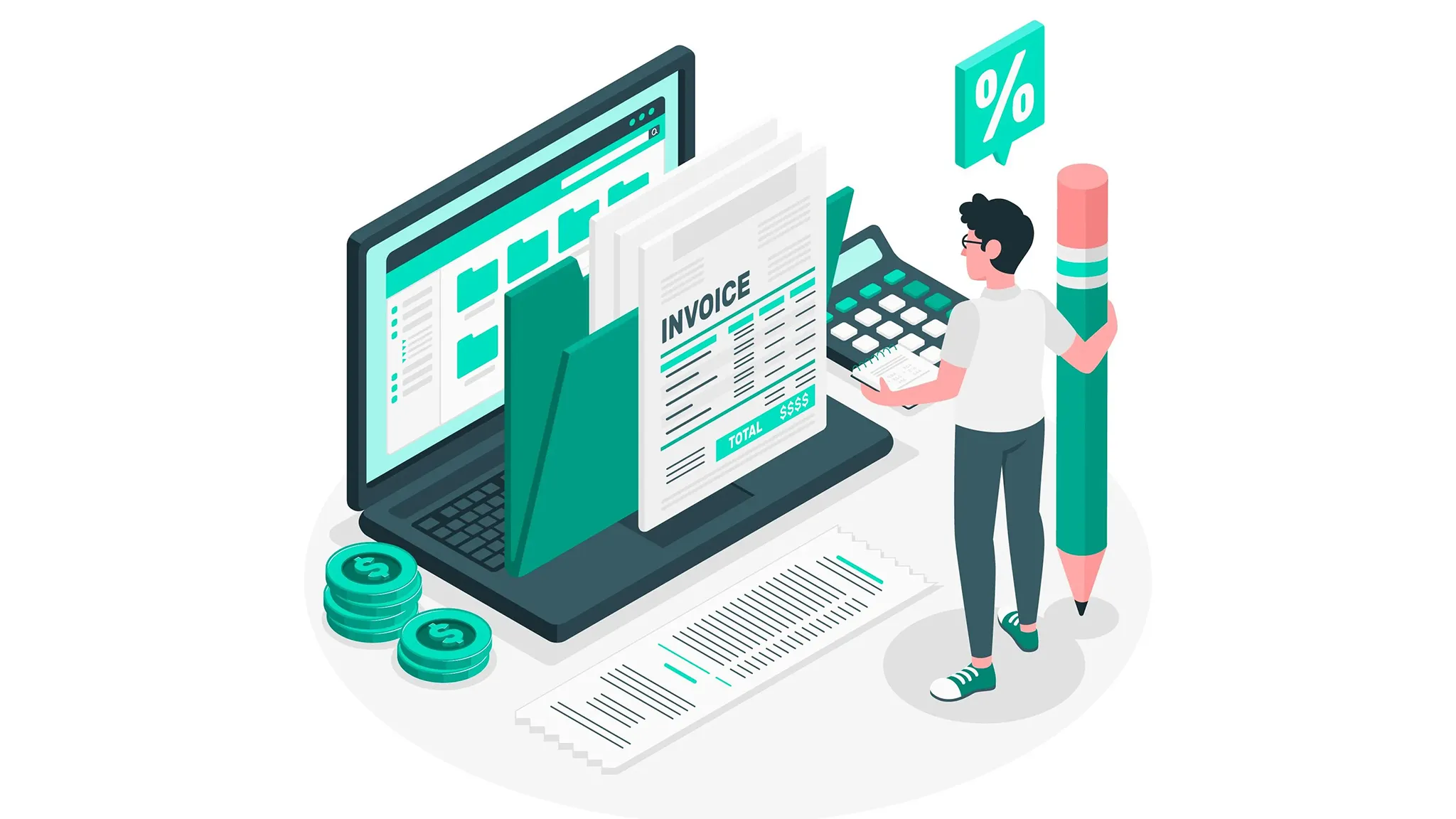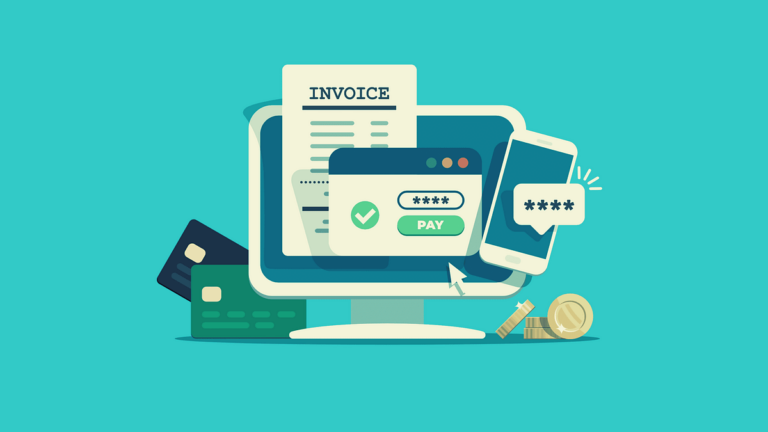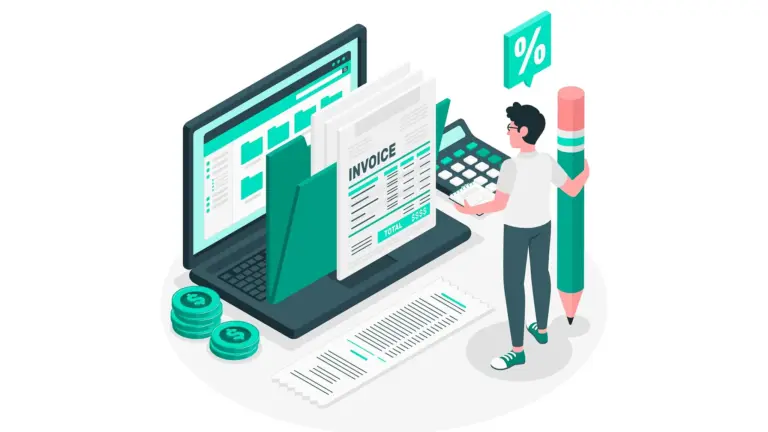Churn rate, also known as attrition rate, is a critical metric used by businesses to measure the percentage of customers who stop doing business with a company over a specific period. It is a key indicator of customer satisfaction and loyalty, reflecting the health of a business’s customer base. Whether it’s a subscription-based service, a SaaS company, or a retail business, understanding churn rate is essential for long-term business success.
In this guide, we will explore the concept of churn rate, how to calculate it, why it matters, the different types of churn, its impact on businesses, strategies to reduce it, and how to leverage churn data to improve customer retention.
What is Churn Rate?
Churn rate is the percentage of customers who leave or cancel a service over a given time period. It’s often used in subscription-based businesses but is relevant to any organization that relies on repeat customers or a continuous relationship.
For example, if a SaaS company has 1,000 customers at the beginning of the month and loses 100 by the end of the month, the churn rate for that month would be 10%.
Churn rate is crucial for understanding customer retention, forecasting revenue, and identifying potential problems with the product or service. A high churn rate can indicate dissatisfaction, poor customer service, or intense competition, while a low churn rate signifies strong customer loyalty.
Why Churn Rate is Important
- Customer Retention Insight: Churn rate provides a direct measure of customer retention. A high churn rate suggests customers are leaving at a high rate, which could signal underlying issues with the product, service, or customer experience.
- Revenue Forecasting: Since acquiring new customers is generally more expensive than retaining existing ones, high churn rates can lead to unpredictable and declining revenue. Conversely, a lower churn rate means more consistent revenue from loyal customers.
- Business Strategy Development: Monitoring churn rate helps businesses understand what is working and what needs improvement in their customer experience, product offerings, or marketing efforts.
- Customer Lifetime Value (CLV): Churn rate plays a key role in determining customer lifetime value, which is a key metric for assessing the long-term profitability of customers.
- Competitive Advantage: By minimizing churn, businesses can build a stable, long-term customer base, which gives them a competitive edge over companies with higher churn rates.
Types of Churn
- Voluntary Churn: Occurs when customers intentionally cancel their subscriptions or stop doing business with the company. This can happen due to various reasons such as dissatisfaction with the product, better offers from competitors, or changing needs.
- Involuntary Churn: Happens when customers are forced to leave due to reasons beyond their control, such as payment failures, expired credit cards, or changes in company policies.
- Revenue Churn: This type of churn refers to the loss of revenue due to customers downgrading their service or canceling subscriptions. It focuses on the monetary aspect rather than the number of customers.
- Customer Churn: This is the classic form of churn and refers to the number of customers who leave a business over a given period, regardless of how much money they were contributing.
- Product or Service Churn: This type of churn happens when customers stop using a specific product or service offered by a company but continue to use others. It is often seen when a company offers a range of products and services.
How to Calculate Churn Rate
Churn rate can be calculated using a simple formula:
Churn Rate (%) = (Number of Customers Lost during a Period) / (Number of Customers at the Start of the Period) * 100
For example, if you start with 1,000 customers and lose 50 customers during the month, the churn rate would be:
Churn Rate = (50 / 1000) * 100 = 5%
Alternatively, you can calculate churn rate in terms of revenue:
Revenue Churn Rate (%) = (Revenue Lost due to Churn) / (Total Revenue at the Start of the Period) * 100
This helps to assess the financial impact of churn in terms of the value lost from the customers who left.
Factors That Influence Churn Rate
- Customer Experience: Poor customer experience is a leading cause of churn. Whether it’s slow customer support, a confusing user interface, or unfulfilled expectations, customers who feel neglected or dissatisfied are more likely to leave.
- Product Quality: If a product or service doesn’t meet customer expectations or fails to solve their problems, it can lead to higher churn. Continuous innovation and product updates are crucial to retaining customers.
- Competition: In highly competitive markets, customers have more options. If competitors offer better deals or superior products, customers may leave for a better experience.
- Pricing Strategy: Pricing that is too high for the perceived value or unclear pricing policies can drive customers away. Discounts, promotions, and loyalty programs can help reduce churn by making customers feel valued.
- Customer Support: A lack of effective and responsive customer support can lead to customer frustration and churn. Timely and helpful support is a key retention factor.
- Onboarding Process: A complicated or frustrating onboarding process can set the tone for a customer’s experience with the company. If users don’t quickly realize the value of the product or service, they may abandon it early.
The Impact of Churn Rate on Business
- Revenue Loss: The most direct impact of churn is the loss of revenue from customers who stop purchasing or using a product or service. This can result in declining sales, especially if new customer acquisition does not compensate for the lost revenue.
- Increased Acquisition Costs: Acquiring new customers can be more expensive than retaining existing ones. High churn rates mean businesses need to spend more on marketing and sales to attract new customers to replace those who leave.
- Reputation Damage: High churn rates can signal that customers are dissatisfied with the product or service, which may hurt the company’s reputation and make it harder to acquire new customers.
- Lower Customer Lifetime Value (CLV): High churn means customers don’t stay around long enough to generate significant revenue. This lowers their lifetime value and reduces overall profitability.
- Operational Disruptions: Churn also impacts operations, as businesses may need to scale their efforts to attract new customers, retrain staff, or adjust products and services to retain customers.
Strategies to Reduce Churn Rate
- Improve Customer Onboarding: A smooth, engaging, and informative onboarding process sets the stage for a long-term relationship with customers. Provide training, tutorials, and resources to help customers understand and realize the value of the product.
- Offer Excellent Customer Support: Responsive, knowledgeable, and helpful customer support can turn a dissatisfied customer into a loyal one. Implement live chat, phone support, and dedicated support teams to resolve issues promptly.
- Customer Engagement: Regular communication, updates, and personalized engagement with customers help keep them interested in the product. Encourage feedback and act on it to show customers that their input matters.
- Loyalty Programs: Reward customers for continued business with loyalty programs, discounts, or other incentives. This can increase customer retention by making them feel valued and appreciated.
- Monitor Customer Behavior: Use data analytics to track customer behavior and identify patterns that might indicate potential churn. If a customer is disengaging, it may be possible to intervene and prevent them from leaving.
- Personalized Experiences: Tailoring the customer experience based on their preferences, usage patterns, and interactions with the business can foster deeper engagement and reduce the likelihood of churn.
- Address Customer Complaints Proactively: Quickly address complaints or issues raised by customers before they escalate. Offering quick fixes and making customers feel heard can help retain their business.
- Regular Check-Ins: Periodic check-ins with customers can help identify potential issues before they become reasons for churn. Use surveys, follow-up emails, or calls to gather feedback.
Using Churn Data for Business Growth
Understanding churn data provides invaluable insights into customer satisfaction and business performance. By analyzing the reasons for churn, businesses can identify weaknesses in their product, service, or processes and make informed decisions to improve.
- Segmenting Churn Data: By segmenting churn data based on factors such as customer demographics, usage patterns, and reasons for leaving, businesses can tailor retention strategies for specific groups.
- Predictive Analytics: Predictive modeling using churn data can help identify customers at high risk of leaving, allowing businesses to intervene proactively.
- Customer Satisfaction Surveys: Regularly conducting surveys to gauge customer satisfaction can provide early warning signs of dissatisfaction, helping businesses act before churn occurs.
- Feedback Loops: Establishing feedback loops between sales, marketing, customer service, and product development teams helps ensure that customer needs are met across all touchpoints.
Conclusion
Churn rate is one of the most important metrics for understanding customer retention and the overall health of a business. By tracking churn, analyzing the underlying causes, and implementing strategies to reduce it, businesses can maintain a loyal customer base, improve revenue predictability, and create sustainable growth.
Ultimately, reducing churn isn’t just about preventing customer loss—it’s about improving the entire customer experience, fostering loyalty, and creating long-term value for both customers and the business.
